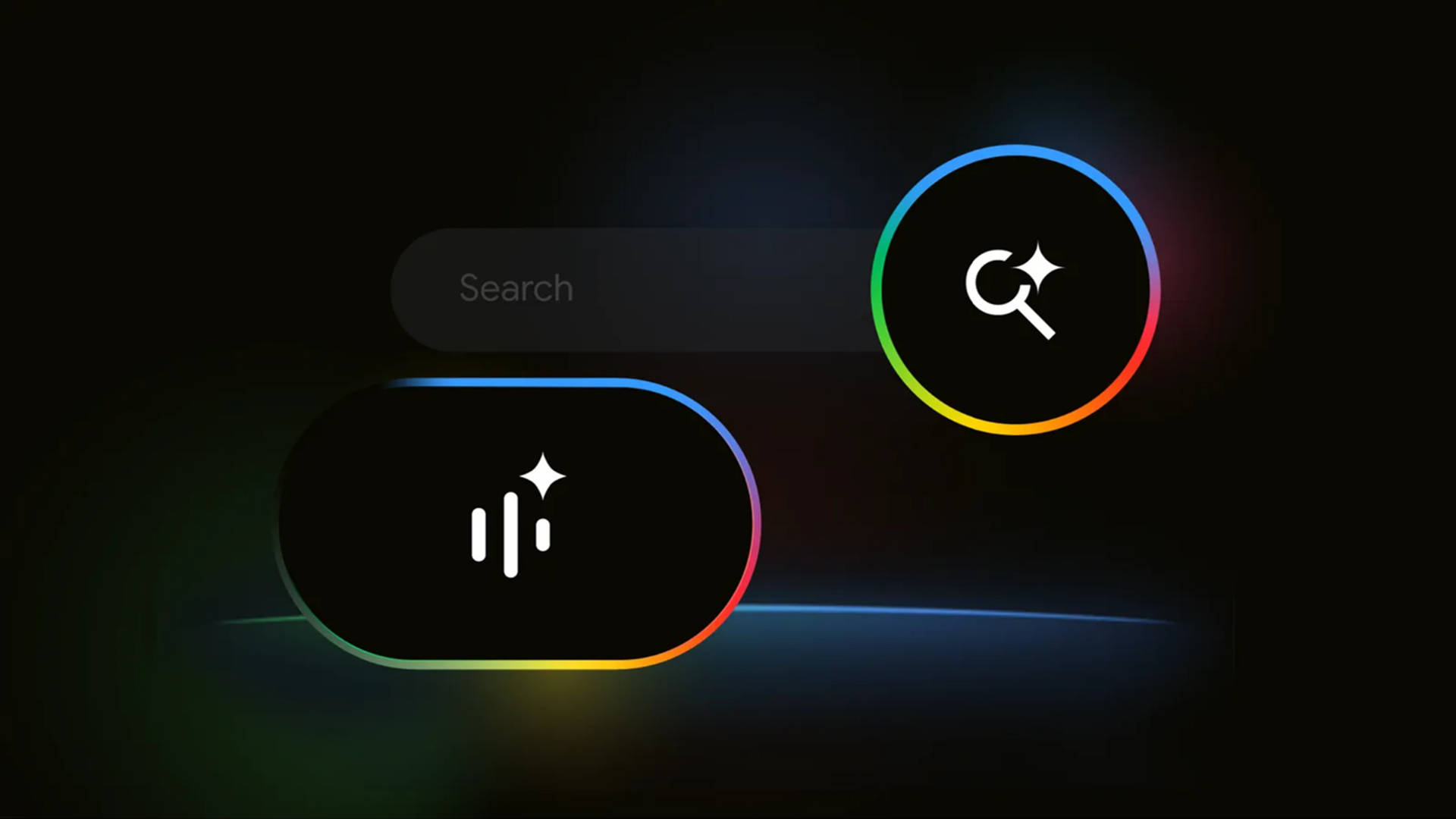Google Launches Search Live, an AI-Powered Conversational Search with Camera Integration

Key Points
- Search Live lets users speak to an AI that can also see through the phone’s camera.
- The feature turns traditional search into a live, conversational experience.
- Users can point their device at objects and ask questions like “What’s this?”
- Answers are supported by web links and use a “query fan‑out” method to broaden results.
- The UI integrates into the Google app under the search bar and works with Google Lens.
- Potential uses include hobby guidance, recipe advice, and quick rule explanations.
- Google notes vision challenges with lighting and angles and adds link‑backed safeguards.
- Guardrails prevent misuse, such as asking the AI to identify strangers.
- Search Live joins a broader industry trend toward multimodal AI from competitors.
Google has released Search Live, a new feature that lets users talk to an AI assistant that can also see through their phone’s camera. The tool turns traditional search into a live, back‑and‑forth conversation, allowing users to point their device at objects and ask questions like “What’s this?” The AI provides answers backed by web links and uses a technique called “query fan‑out” to broaden its results. While the feature promises more interactive and visual search experiences, it also acknowledges challenges such as lighting conditions and includes safeguards against misuse.
Search Live Goes Live
Google has made its Search Live feature generally available in the United States. Integrated into the Google app for iOS and Android, the new Live icon sits beneath the familiar search bar. Tapping the icon launches a conversational AI that can hear spoken queries and, if users enable camera sharing, receive visual context from the phone’s camera.
From Typed Queries to Real‑Time Conversation
Search Live transforms the traditional search model. Instead of typing a question, users can speak to the AI and point their device at something in the physical world. Examples include aiming at a bundle of cables behind a TV to identify an HDMI version or holding a pastry in a bakery window to learn what it is. The AI responds with spoken explanations and provides clickable links for deeper information, allowing follow‑up questions without returning to a keyboard.
How It Works
The system relies on a method Google calls “query fan‑out.” When a user asks a question, the AI not only seeks a direct answer but also searches for related queries, expanding the breadth of information it can offer. This multimodal approach combines voice input, visual analysis from the camera, and web search results to deliver richer responses.
User Experience and Interface
Inside the Google app, the Live button appears under the search bar. Once activated, users can speak and, if desired, grant the AI access to the camera feed. The feature also integrates with Google Lens: when Lens is open, a Live button at the bottom lets users switch into the conversational mode seamlessly. Answers are accompanied by links to authoritative sources, encouraging users to verify and explore further.
Potential Uses
Beyond solving everyday curiosities, Search Live can assist with hobbies and learning. It could explain the function of tools in a matcha kit, suggest ingredient swaps for dietary restrictions, or act as a science tutor. The conversational format also lends itself to quick rule explanations for board games or other activities where users normally flip through manuals.
Limitations and Guardrails
Google acknowledges that vision models can be finicky, especially under challenging lighting, angles, or ambiguous objects. To mitigate inaccurate answers, the AI backs up its responses with web links, positioning itself as a guide rather than a final authority. The company also implements safeguards to prevent misuse, such as discouraging users from pointing phones at strangers and asking identifying questions.
Industry Context
Search Live arrives amid a broader push by major tech players to embed multimodal AI capabilities into their products. Competitors like OpenAI have added vision to ChatGPT, Microsoft integrates AI into Office and Windows via Copilot, and Apple is developing its own AI enhancements for Siri. Google’s advantage lies in its massive existing user base, and Search Live adds an interactive layer to the familiar search experience.
Implications
By turning the phone into a window that the AI can look through, Google reimagines how users retrieve information. If the AI delivers consistently accurate results, it could shift expectations for search from static question‑answer interactions to dynamic, context‑aware conversations.